When in Rome: Silvia Venturini Fendi's Roman empire
How Fendi's creative director creates fairytale accessories from her very own colosseum
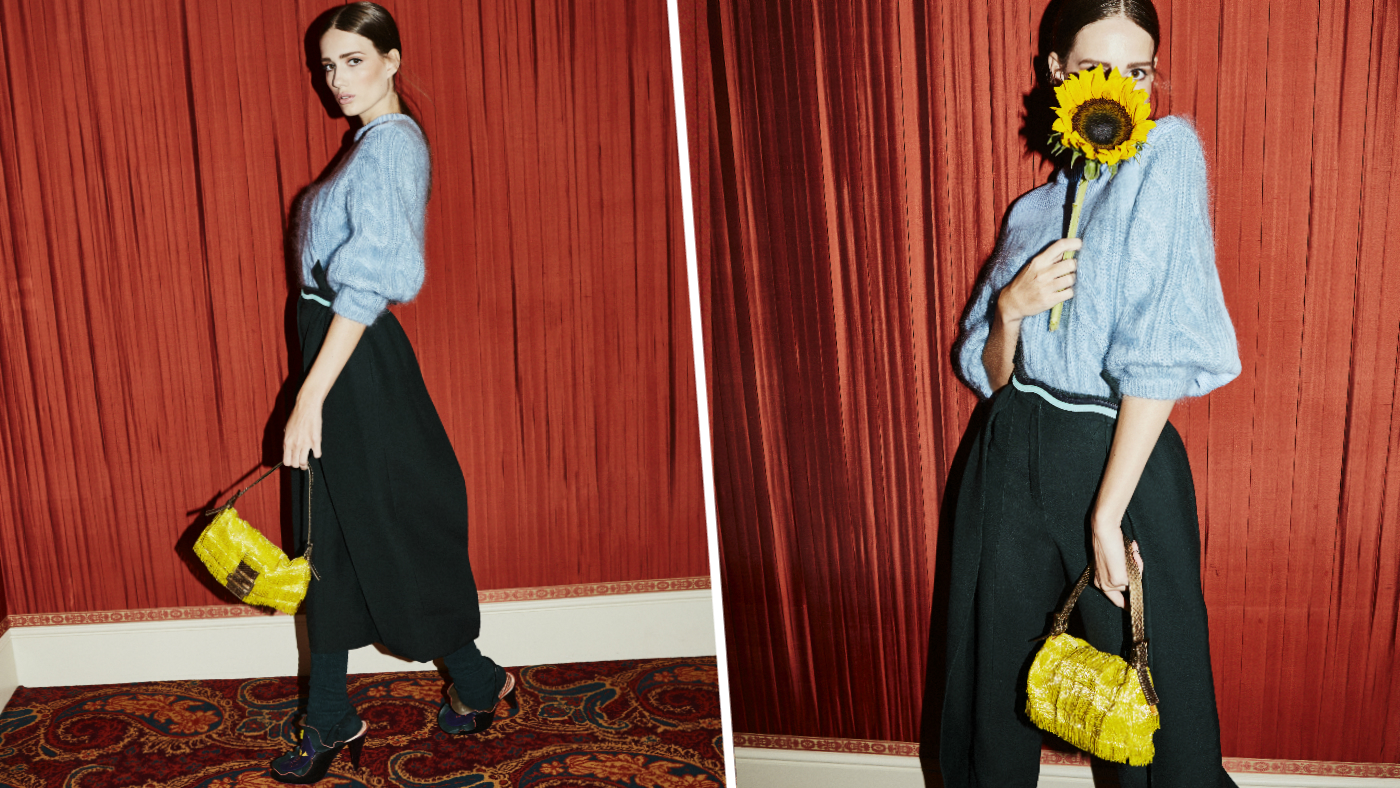
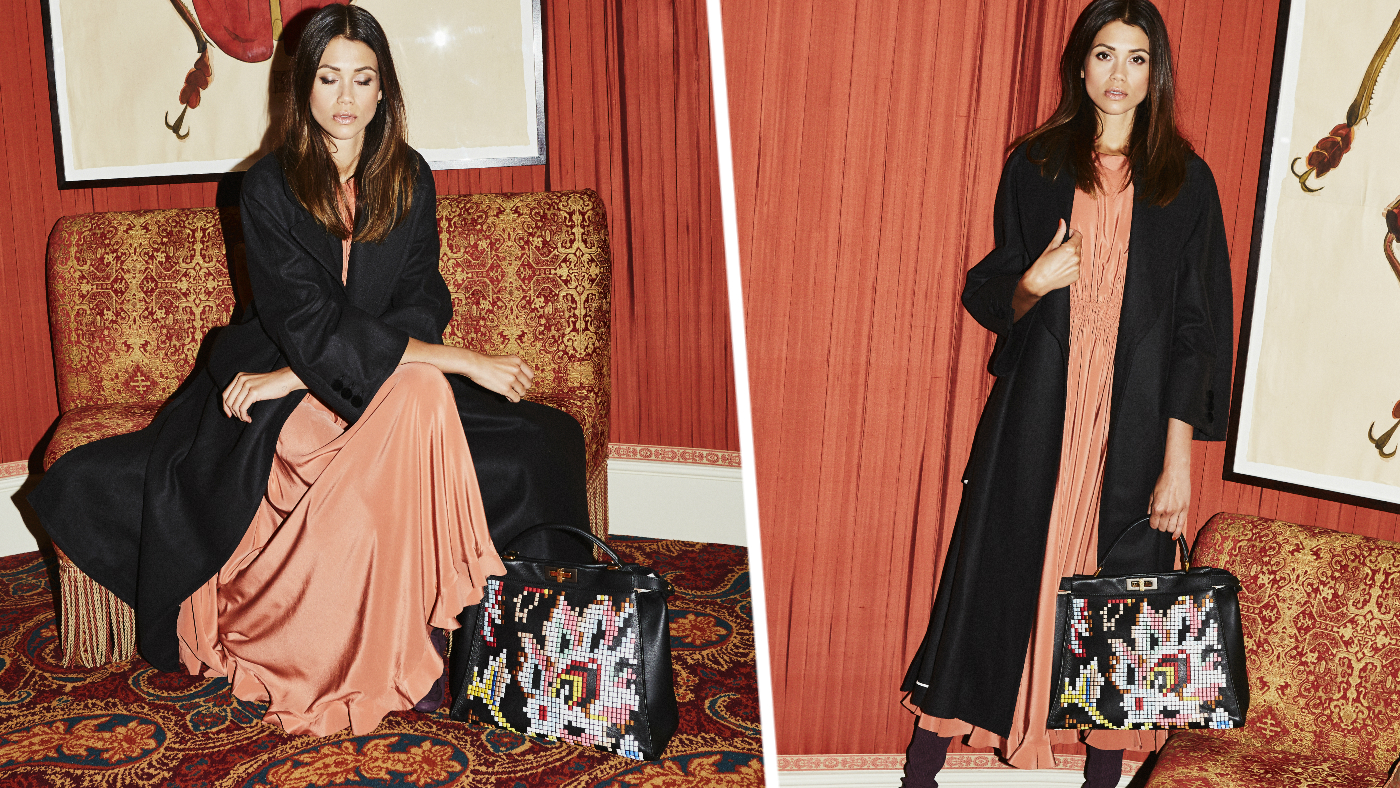
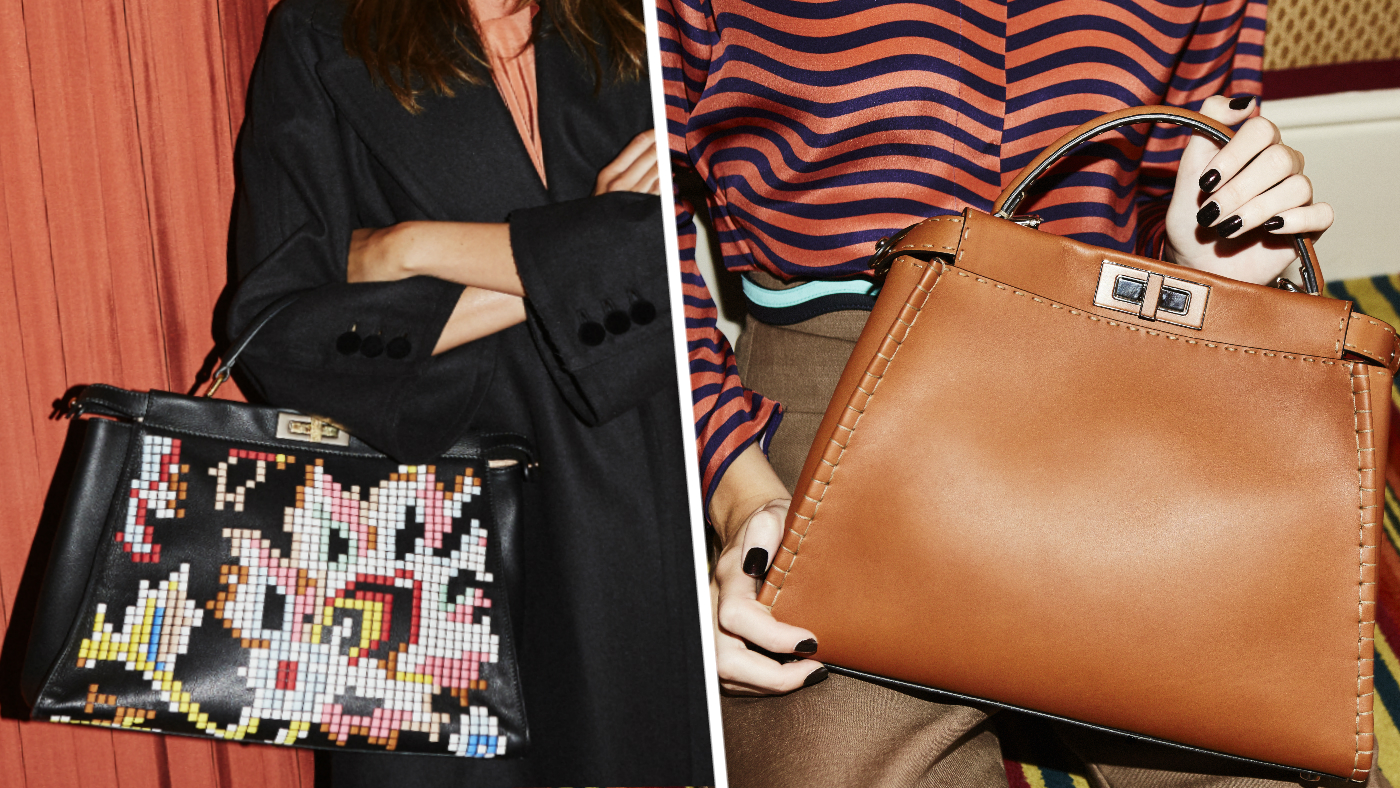
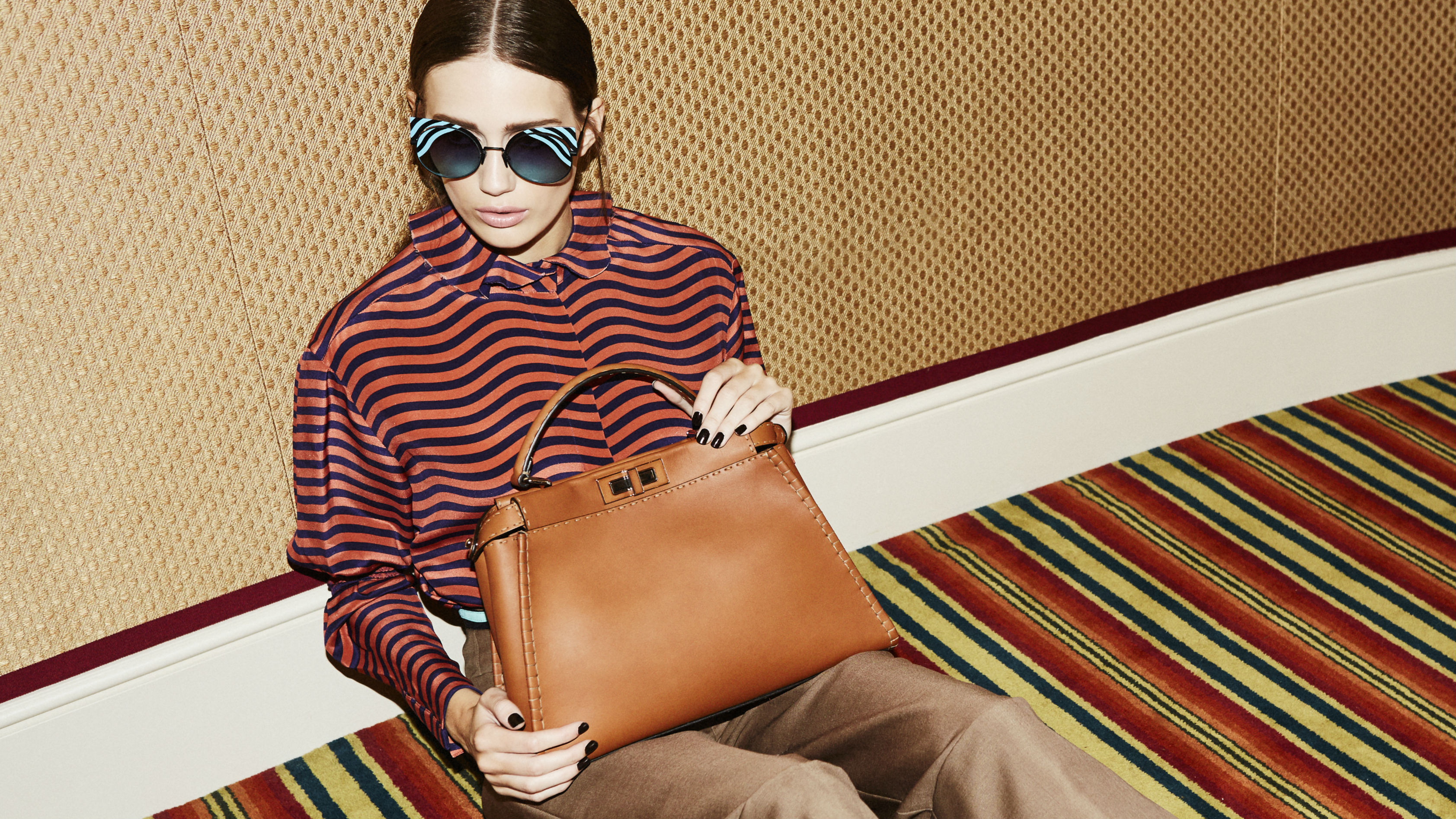
Silvia Venturini Fendi seems restless. The creative director of accessories and menswear has another meeting in an hour and her mind is on other things. Dressed in signature black – a simple short-sleeved shirt and long skirt – she tells me as much as she greets me in her office on the second floor of the Palazzo della Civilta Italiana, a monolithic marble building in Rome's business district that officially became Fendi's new headquarters in October 2015. "I have to meet the team to speak about the September show," she announces, matter-of-factly, no sooner than we shake hands.
Our interview has been brought forward by an hour to accommodate her busy schedule and I'm feeling intimidated, to say the least. Silvia Fendi is, by her own admission, typically Roman. She is the scion of a long-standing dynasty: her grandparents, Adele and Edoardo, opened their eponymous leather and fur boutique in Rome's historic centre in 1926. Honest and to the point, she's not one to mince her words neither. British sensibilities are programmed to interpret this kind of attitude as terse, but in Rome – and especially at Fendi, which is celebrating its 90th anniversary – work comes before play. It's a resolve that was instilled in her at a young age by her maternal grandmother, who, in 1946, entrusted the family business to her five daughters: Silvia Fendi's mother Anna and her aunts, Alda, Carla, Franca and Paola.
"In those days, women had other roles. My grandmother brought up her daughters to act like men," Fendi tells me. It's clear her strong matriarchal background has given her some serious clout.
The Week
Escape your echo chamber. Get the facts behind the news, plus analysis from multiple perspectives.

Sign up for The Week's Free Newsletters
From our morning news briefing to a weekly Good News Newsletter, get the best of The Week delivered directly to your inbox.
From our morning news briefing to a weekly Good News Newsletter, get the best of The Week delivered directly to your inbox.

There is, however, a chink in her armour: an effusiveness that catches you off guard when she touches on a topic that inspires her. After a rushed introduction, the designer's eyes light up as she talks about Fendi's new headquarters. She romances her way through the semiotics of the subject, all expressed in perfect English with a mellifluous Italian accent.
"I immediately felt comfortable here. The volumes are so huge. That is the luxury of this place and also the marbles; very natural and organic and every floor has a different colour [stone]. There is also the connection with the city, which is so different from the ancient part where we were before [at the Palazzo Fendi, located on Rome's Via Condotti and now a flagship boutique, hotel and showroom for VIP clients]. There, we were used to seeing the rooftops and the lives of people on the terraces and balconies; here, you see the whole city, but on a micro scale. Like being in a plane. When it is sunny, it feels like a very balanced relationship with nature, with the wind and with the sky - all that blue. In a way, everything is over the top, but in a very minimal way."
It is indeed easy to feel awestruck by the grandeur of the six-storey Palazzo della Civilta Italiana – also known as the Colosseo Quadrato, or Square Colosseum. Originally commissioned by Mussolini in the late 1930s and subsequently abandoned because of his involvement in World War II, the modernist masterpiece was in a state of disrepair before Fendi's renovations, which are rumoured to have cost millions of euros. Surrounded by a dichotomous mix of pine trees and arterial roads, it boasts breathtaking views of Rome and beyond towards the sea and mountains. Each of its four identical travertine facades is composed of a symmetrical pattern of nine arches on every floor, lending it the appearance of dazzling white honeycomb in the bright sunshine.
The move to this icon of fascist architecture was a bold one, but then Fendi is known for its fireworks. The element of surprise is part of the brand's DNA, not least because it was helmed by five women for almost two decades before they made the prescient decision to hire a young Karl Lagerfeld in 1965. He has remained the brand's creative director for 51 years.
A free daily email with the biggest news stories of the day – and the best features from TheWeek.com

In 2007, Fendi held the first-ever catwalk on the Great Wall of China; arguably one the most ambitious projects in the history of fashion shows and estimated to have cost around $10m. More recently, in July, Fendi's 90th anniversary couture show took place over the Trevi Fountain, which was restored to its former glory last year thanks to a lofty sponsorship from the Italian fashion house. Strutting across a see-through plexiglass platform, the models appeared to walk on water. Allegory in motion for the Eternal City, but also a long-awaited baptism signalling Fendi's devotion to its birthplace.
The Fendi story has the hallmarks of a modern fairytale, although with five young sisters running the show throughout its formative years, its history is surely punctuated by the twists and turns of an Italian TV saga. No doubt their headstrong characters enabled them to rise, collectively, to the challenges of a predominantly patriarchal society. "My aunt Paola was the one buying all the furs at the auctions," says Silvia Fendi. "At the time, you had to go to Leningrad, where it was such a closed society. As a woman, she was not allowed to enter the auction building so she had to hire men in Russia to bid for her."
Since Bernard Arnault's French luxury conglomerate LVMH took complete control of Fendi in 2001, Silvia Fendi has remained the sole family member to be employed by the brand. Her appointment is a source of immense pride, since it shone a spotlight on her creative talent and cast aside all suspicions of nepotism once and for all.
"In the fairytale, Karl is the prince charming," she interjects, as we discuss the modern woman and the lessons she learnt from her mother and aunts. At 83, Karl Lagerfeld is an unstoppable force who continues to cast his magic over ready-to-wear and couture collections; his treatment of fur, in particular, as a versatile fabric that can be manipulated and adapted for all seasons and applied to all garments, remains revolutionary. Thanks to Fendi's in-house fur atelier, which comprises 50 craftsmen and women working on the lower floor of the HQ, Lagerfeld has done pretty much everything you can imagine with animal pelts. He's applied fur to crepe de chine, laser-cut leather, silks and organzas; he's alloyed it with transparent vinyl, heat-set leather fur linings with metallic foils and created bursts of flowers and intarsia garments that marry all manner of colours and textures, requiring hundreds of hours of meticulous jigsawing and stitching together.

While Lagerfeld's wizardry continues to push the boundaries of fur couture and ready-to-wear, Silvia Fendi has consistently provided the label with unrivalled commercial prowess in the shape of her iconic handbags and accessories. Indeed, the Baguette, launched in 1997, was heralded as the very first "It bag". Textured, bejewelled and intricately made in dozens of versions, the Baguette triggered a buying frenzy that Fendi struggled to accommodate. Waiting lists were introduced for the first time in fashion; celebrities couldn't get enough of the bag. More importantly, this compact and highly decorative accessory represented a loud, proud exclamation mark of pure fun and frivolity to interrupt the monotony of functionality so ubiquitous at the time.
"We have always been about subverting rules and creating an element of surprise. This is really at the base of the Roman culture," says Fendi's grande dame as she explains the Baguette in the wider context of her ancestral roots. "If you look around, it's a surprising city with its mix of all the different centuries and cultures. This idea of surprise is also close to the concept of 'meraviglia' [marvel], which is the base of the Baroque movement. Being surrounded by incredible achievement - well, the standard is very high," she says, beaming another unexpected smile.
"When the Baguette came out, bags were very functional and minimal. This little bag was really opposite. It was very soft and clean, but very Baroque in a sense. It was about individuality at a time when minimalism was all over the place. A new attitude. If I go through the history of our accessories, I see that we have always made our own rules. You open a trunk or a suitcase [from the archives] and you see so many details inside, which is something we still do."
If the label's aptitude for the art of surprise was ever in dispute, Silvia Fendi made sure it was objectified with her ever-popular Peekaboo bag, unveiled in 2009. "The Baguette brought incredible success, but then it started the trend for the It bag. Companies that were not leather-goods makers started to go into accessories and you saw some horrible things: a lot of bags on catwalks, a lot of embellishment, but not everyone had the skills. Bags, bags, bags everywhere," she says with theatrical exasperation. "I thought, 'Oh my God! We need to go back to tradition.' I wanted to return to the skills only the leather-makers have, so I decided to have a classic bag made of vegetable leather with only a little Fendi [logo] on the clasp."

A soft but structured handbag in plain leather, the Peekaboo's front panel playfully sinks open – as its name suggests – to reveal a contrasting colour, fabric, or even bright yellow monster eyes in the case of 2013's Bag Bug Peekaboo. Today, there are mini and micro versions, as well as fur-crafted and hand-embroidered Peekaboos.
Silvia Fendi has a new generation of luxury shoppers hooked too, thanks to her Bag Bugs, keyring monsters made of pompoms with tufts of fur and bejewelled eyes, which provide a younger clientele with an irreverent "entry-level" accessory. "It was a collection we brainstormed with Karl. We were talking about the identity of Fendi and the double-F logo for 'Fun Fur'. So the idea was to have something that was just for fun. I made a Karl version [of the Bag Bug] for his birthday and presented it the day before the show. Then we gave to it Cara [Delevingne] to wear and everyone was crazy for it. So we put it into production." The "Karlito" Bag Bug, with sunglasses and stringy ponytail, sold out immediately and the fluffy Karl critter now has dozens of permutations. He's even made it on to shoes and sweatshirts, proving that Silvia Fendi, now 55, has a remarkable knack of turning a simple idea into big business.
I ask her if she would like to be immortalised with a Bag Bug, or any accessory, for that matter. She shakes her head. "I am not so iconic because I have a different life to Karl. I don't like to be someone who can't walk in the street. I like to keep my anonymity." She does have an effigy of sorts in her office: a cutesy cartoonish figurine of herself in a grey dress. "It was a gift from an artist and what is nice is that it comes with a little book – the story of Silvia and The Baguette."
As I leaf through the book, I ask Fendi if she sees herself as a role model for women, just like her female ancestors. "You know, I have two little granddaughters and a first grandson on the way," she says with discernible emotion. "When I heard that Delfina [jewellery designer Delettrez Fendi, Fendi's eldest daughter] was having a girl [Emma, her first grandchild, now ten], I was so happy. I think for the next generations, it's going to be such a plus to be a woman. When women reach certain levels [in their career], they have been working so hard because it is still so difficult. But when they get there, they are so prepared and committed, they do great. It is getting easier, but this difficulty also makes us work harder. For me at Fendi, it's like new chapters in a tale, but always the same book."
With these words of wisdom befitting a modern feminist who champions fairness and egalitarianism, Silvia Fendi rushes off to attend her meeting. The queen of accessories and her dream team have the serious job of conceiving yet more fairytales for Fendi's next catwalk.
Styling by Sarah Ann Murray
-
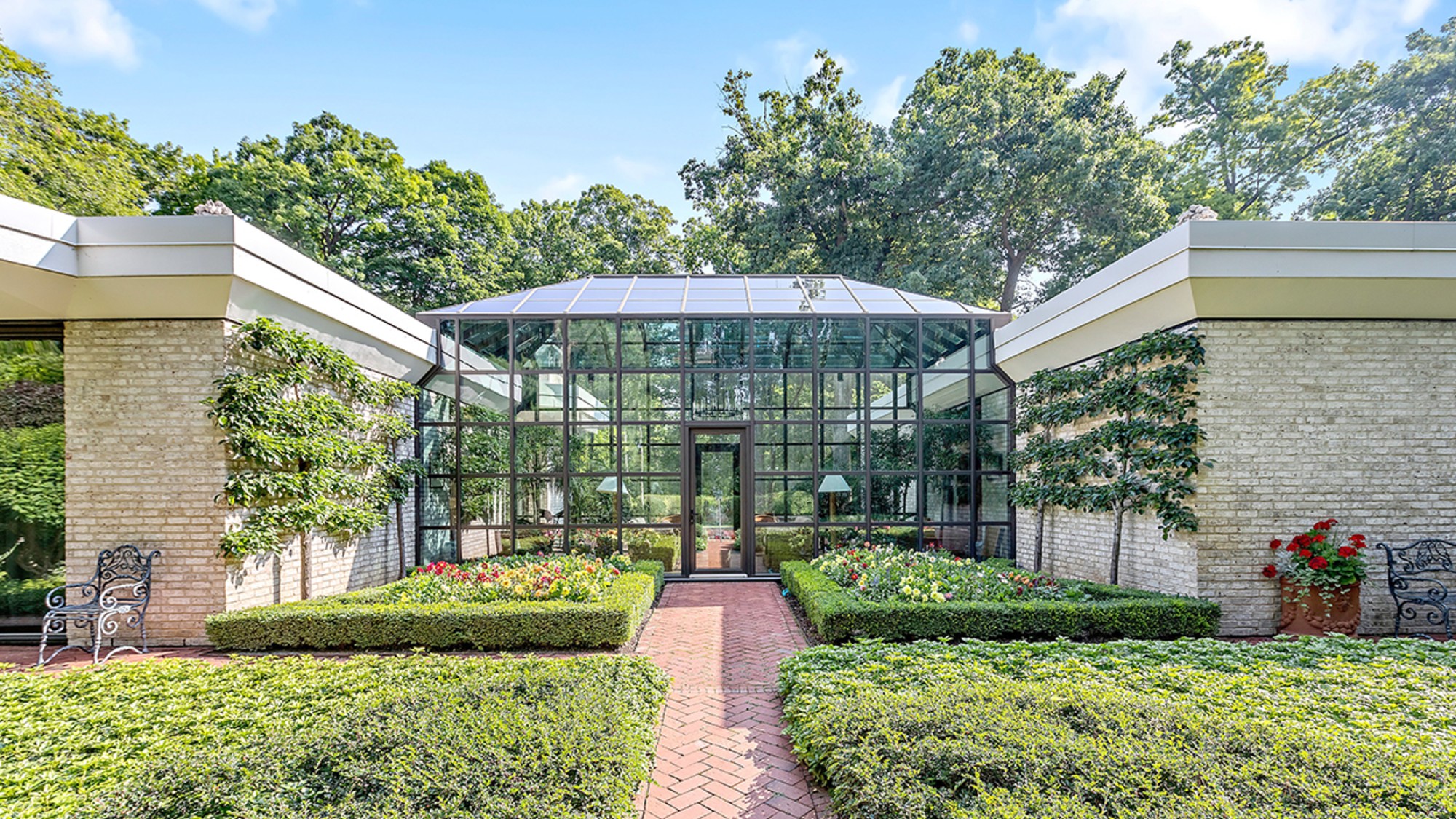 The best homes of the year
The best homes of the yearFeature Featuring a former helicopter engine repair workshop in Washington, D.C. and high-rise living in San Francisco
-
 Critics’ choice: The year’s top 10 movies
Critics’ choice: The year’s top 10 moviesFeature ‘One Battle After Another’ and ‘It Was Just an Accident’ stand out
-
 The small Caribbean island courting crypto billions
The small Caribbean island courting crypto billionsUnder the Radar Crypto mogul Olivier Janssens plans to create a libertarian utopia on Nevis